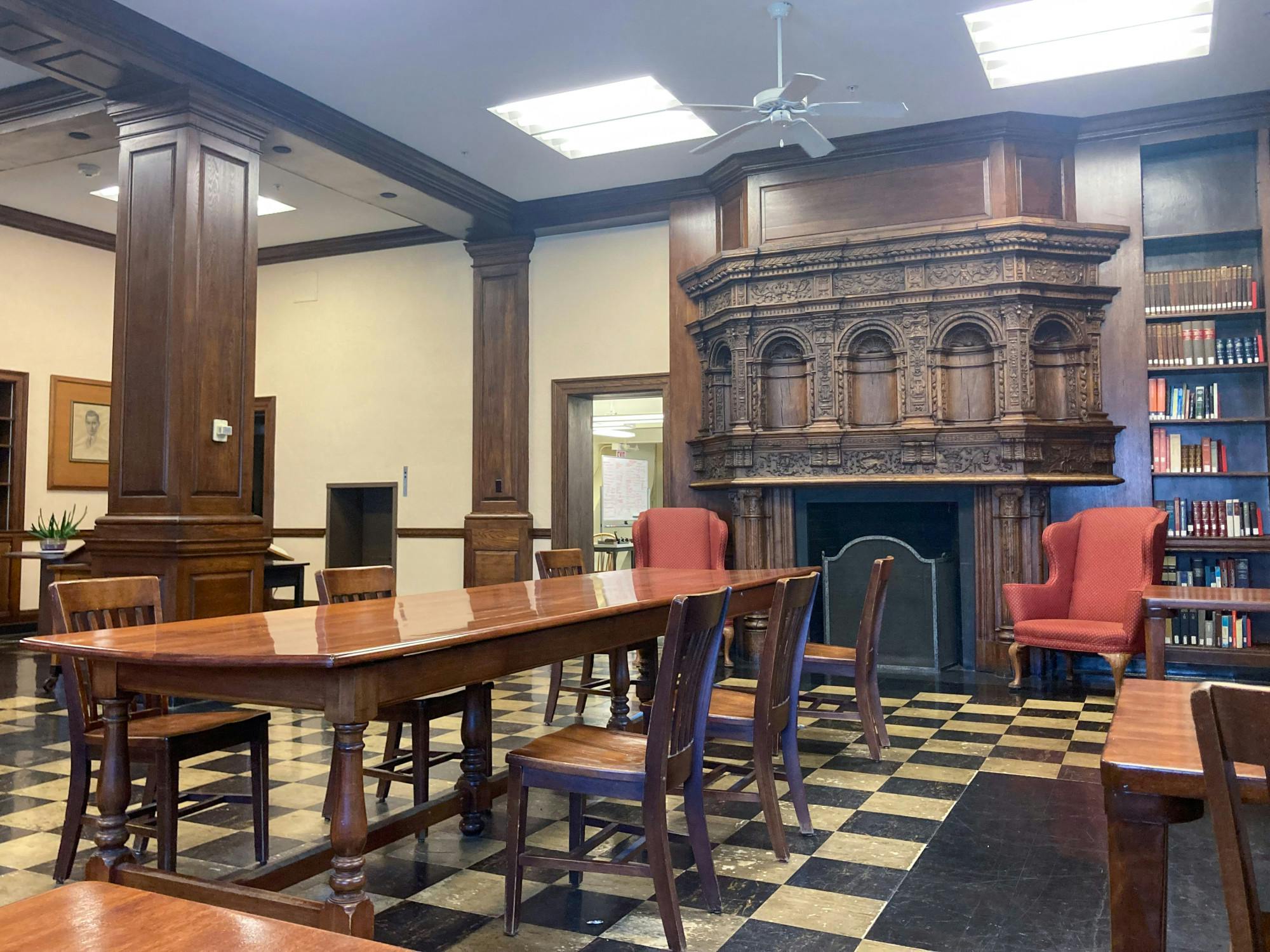Upon first glance, ARTH 38.04, “Food and Art: A Global History,” may seem like your typical discussion-based course, with readings and class presentations taking center stage. But when I decided to sit in on the class, I found myself surrounded by students chopping apples and measuring salt onto small tasting plates. In small groups of three, students began rotating between stations, sampling different types of sugars, salts, maple syrups, spices and apples. Afterwards, they began to input their observations into a spreadsheet, including the color, flavor, smell and any other observations.
After an hour had passed and the rotations were complete, students returned to their seats for a discussion on the nature of flavor and what affects it, from location to texture. The class discussion was centered around the impact of human factors, like harvesting method or time, compared to natural environmental factors like soil or sunlight. This discussion was focused on how food flavors were impacted by these distinctive factors. This discussion prompted conversation on the assigned reading on the concept of cultural terroir — referring to how climate, soil and terrain affect the flavor of what we eat and drink — and uniquely, students began to engage with the text in relation to their personal tasting experience.
Madeline Chia ’25 described the class as “encouraging collaboration in a more academic setting,” through unconventional methods of teaching like food tastings. Tastings are a way for students to get to know each other while also engaging hands-on with the material. This provides an alternative learning outlet compared to simply reading or listening to a lecture.
“We can really fully embrace the experience of this cultural connection between food and art,” Chia said.
Experiences like tastings are truly unique in that they are not frequently offered in other Dartmouth courses, nor have I experienced them in the classes I have taken so far. By employing a more hands-on, involved style of learning, “Food & Art: A Global History” allows students, such as myself, to physically connect to the course material and understand the subject on a personal, subjective level.
“Food and Art: A Global History” is a class that has been taught for two years at Dartmouth: first by visiting professor Holly Shaffer from Brown University, and this fall and spring by art history professor Nicola Camerlenghi.
“It's a very engaging kind of class because we get to, you know, be outside of the classroom so many times or do things that aren’t, let's say, conventional,” Camerlenghi said.
Camerlenghi explained why he wanted to teach the course to begin with.
“Beyond just eating [food], I’m interested in food as a cultural phenomenon — something worth studying on a level par with art and architecture, which is what I was trained to study and teach,” he said.
Brian Zhang ’24 stated that he took a class with Camerlenghi his sophomore summer and had a wonderful experience. He noted that he was excited to take this class because of its “experiential dimension.”
The class focuses on topics that range from exploration and colonialism in the British West Indies to food in aesthetic art movements to the development of fast food chains.
The concept of food and art is one that students in the class seem particularly attracted to.
Chia took the class because of her love for AP Art History in high school, adding that the course has opened her eyes to different cultural aspects of the world.
“Food is an under-appreciated form of art and not really talked about a lot in the art world,” Chia said.
Zhang commented on the logic of studying the intersection of food and art.
“Taste is like a food book. We learnt in class that foods from certain places, or the climate of a place, can really affect what sort of things that you individually like to eat,” Zhang said. “There’s a lot of logic behind it.”
Personally, I found the course provided an intimate experience in small class discussion, almost mimicking a senior seminar, without requiring advanced knowledge or prerequisites.
Camerlenghi explained that many students had requested to join the class through a waitlist but were unable to do so due to the small class size, limited to 15 students. The class is designed to favor group work and experiences such as the tasting, along with visits to the Hood Museum of Art and Rauner Special Collections Library.
Discussions, which center around assigned readings for each class, also incorporate student experiences, unlike many other courses, which require a more analytical view.
“It also enlightens me about my own experiences with food and how I bring certain biases to the table, and my students often help me see things in a different way, which is exciting,” Camerlenghi stated.
In that way, the course is reflective, encouraging students to engage not just intellectually, but also culturally.
Zhang echoed this sentiment and highlighted how this class has encouraged him to think in a different way.
“To get good insights and takeaways from this class, you have to think sort of out of the box,” he said.
The style of the course not only allows students to interact more with each other, but also with their professor. Instead of an environment that is strictly defined by typical course constraints, the class breaks down those barriers and encourages everyone to learn together.
In the two hours I spent in this classroom, I found myself within a community that was considering what food meant to them: how it feeds both the body and the soul. Students who join this class will likely develop a greater connection with themselves and become more mindful of the food that they eat everyday.




